Home>Furniture & Design>Outdoor Furniture>How To Keep Outdoor Potted Plants Alive In Winter
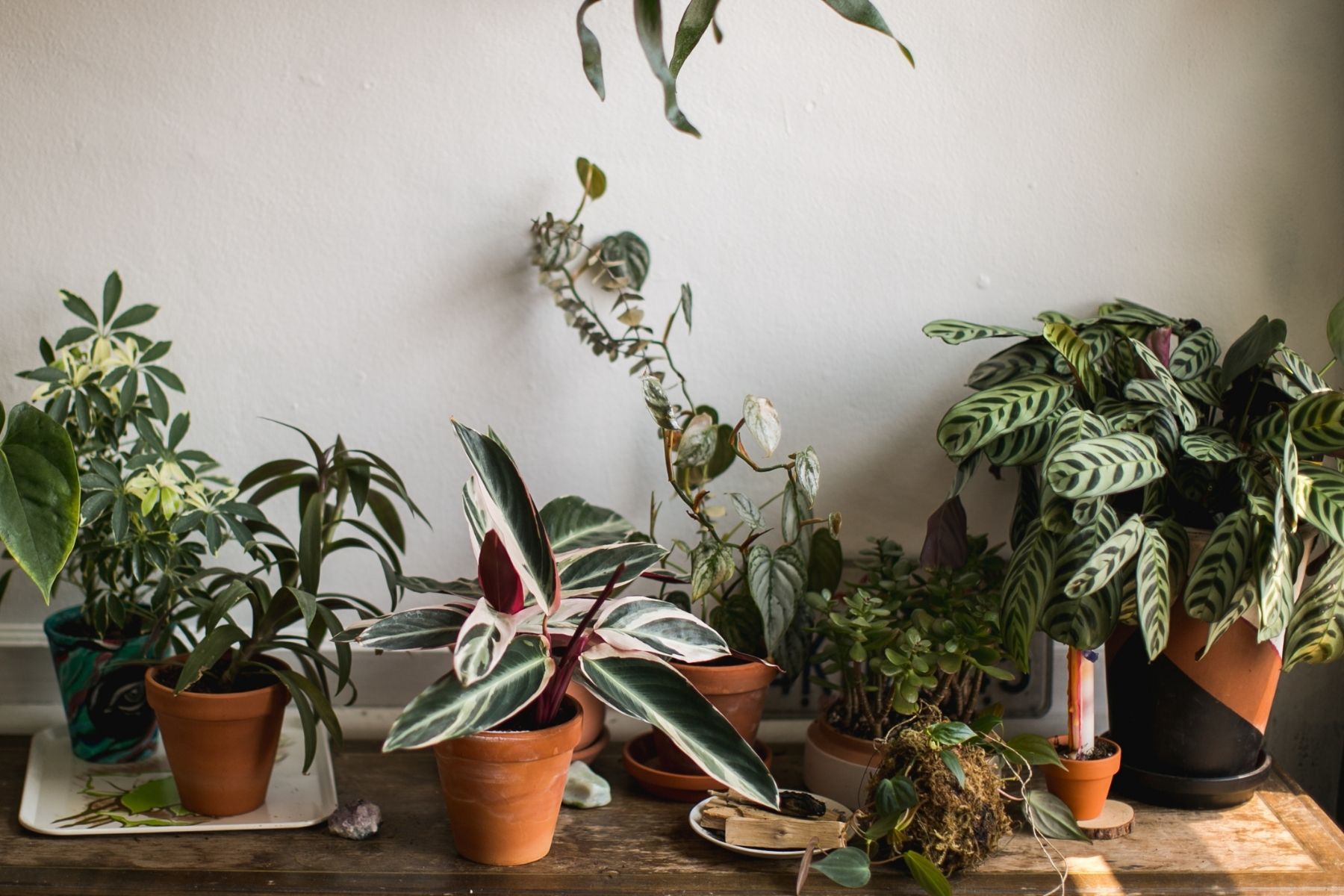

Outdoor Furniture
How To Keep Outdoor Potted Plants Alive In Winter
Modified: March 18, 2024
Discover expert tips for protecting outdoor potted plants in winter. Ensure your outdoor furniture and design stay vibrant and healthy all season long.
(Many of the links in this article redirect to a specific reviewed product. Your purchase of these products through affiliate links helps to generate commission for Storables.com, at no extra cost. Learn more)
Introduction
When the frosty breath of winter descends, it can pose a significant challenge for outdoor potted plants. The plummeting temperatures, biting winds, and frost-laden nights can wreak havoc on these delicate green companions. However, with the right knowledge and care, it is possible to safeguard your outdoor potted plants and ensure their survival through the chilly months.
In this comprehensive guide, we will explore the essential strategies for keeping outdoor potted plants alive during winter. From selecting the right plants and containers to providing adequate insulation and protection from frost and snow, we will delve into the intricacies of winter plant care. By understanding the nuances of winter plant maintenance, you can nurture a thriving outdoor oasis that withstands the seasonal rigors.
Join us as we embark on a journey to discover the art and science of preserving the vibrancy and vitality of outdoor potted plants amidst the wintry embrace. Let's delve into the nuances of winter plant care and unlock the secrets to nurturing a flourishing outdoor haven, even in the midst of frosty adversity.
Key Takeaways:
- Choose cold-hardy plants like winter-blooming pansies and evergreen shrubs to keep outdoor potted plants alive in winter. Perennials and seasonal accents add visual allure to your winter garden.
- Use insulated containers, strategic watering, and protective measures to shield outdoor potted plants from frost and snow. Monitor their health and make adjustments to ensure their resilience.
Choosing the Right Plants for Winter
When it comes to ensuring the survival of outdoor potted plants during winter, selecting the right plant varieties is paramount. Not all plants are equipped to endure the harsh conditions of winter, so choosing cold-hardy species is essential for their longevity. Here are some key considerations when selecting plants for winter:
- Cold-Hardy Species: Opt for plants that are well-suited to withstand freezing temperatures and frost. Examples include winter-blooming pansies, ornamental cabbages, and evergreen shrubs such as boxwood and holly.
- Perennial Versatility: Perennial plants, which have the ability to regrow each spring, are excellent choices for winter containers. Look for perennial varieties that thrive in your specific climate and are known for their resilience in cold weather.
- Evergreen Appeal: Evergreen plants, with their enduring foliage, provide year-round visual interest and can serve as a stalwart presence in winter container displays. Consider incorporating conifers, such as dwarf Alberta spruce or juniper, to infuse your outdoor space with greenery throughout the winter months.
- Seasonal Accents: Explore the inclusion of seasonal accents such as winter-blooming bulbs, colorful berries, and textured foliage to add visual allure to your outdoor potted arrangements. Plants like winter-flowering heathers, ornamental grasses, and red-twig dogwood can contribute captivating touches to winter landscapes.
By carefully curating a selection of cold-hardy, resilient plants, you can lay a sturdy foundation for nurturing thriving outdoor potted displays throughout the winter. The right plant choices will not only withstand the seasonal chill but also infuse your outdoor space with enduring beauty and vitality.
Selecting the Right Containers
Choosing the appropriate containers for your outdoor potted plants is a crucial aspect of preparing them for winter survival. The containers not only serve as the vessels for plant growth but also play a pivotal role in safeguarding the plants from the rigors of winter. Here are key considerations for selecting the right containers:
- Insulating Materials: Opt for containers made of insulating materials, such as thick-walled plastic, fiberglass, or double-walled resin, which can help shield plant roots from extreme temperature fluctuations.
- Adequate Drainage: Ensure that the containers have sufficient drainage holes to prevent waterlogging, which can be detrimental to plant roots, especially in cold weather. Elevating the containers slightly off the ground can further aid in drainage and prevent water accumulation at the base.
- Size and Stability: Select containers that provide ample room for root growth while also offering stability to withstand winter winds. Larger, heavier containers are less prone to tipping over in blustery conditions, providing a secure environment for the plants.
- Portability: Consider the ease of moving the containers, especially if you plan to reposition them to optimize sunlight or shield them from harsh winds. Lightweight containers with built-in handles or casters can facilitate effortless relocation as needed.
- Aesthetic Appeal: While functionality is paramount, don’t overlook the visual appeal of the containers. Choose vessels that complement your outdoor aesthetic and enhance the overall ambiance of the space, adding a touch of style to the winter landscape.
By thoughtfully selecting containers that prioritize insulation, drainage, stability, and portability while harmonizing with your outdoor decor, you can create an optimal environment for your outdoor potted plants to thrive throughout the winter months. The right containers not only protect the plants but also contribute to the visual allure of your outdoor space, elevating its charm even amidst the winter chill.
Providing Adequate Insulation
Insulation plays a pivotal role in shielding outdoor potted plants from the harsh and fluctuating conditions of winter. By implementing effective insulation measures, you can create a protective barrier that helps maintain stable temperatures and safeguard plant roots from freezing. Here are key strategies for providing adequate insulation to your outdoor potted plants:
- Double-Layering Containers: Consider double-potting your plants by placing the potted foliage within a slightly larger container and filling the space between the pots with insulating materials such as straw, shredded paper, or bubble wrap. This additional layer provides thermal protection, reducing the impact of external temperature variations on the plant roots.
- Wrapping with Insulating Materials: Encase the containers with insulating materials such as burlap, frost blankets, or specialized plant covers designed for winter protection. These wraps act as a shield against chilling winds and help retain heat around the plant roots, minimizing the risk of frost damage.
- Utilizing Styrofoam Inserts: Inserting styrofoam sheets or blocks within the container walls can offer effective insulation, creating a buffer against cold temperatures. This method is particularly beneficial for lightweight containers that may be more susceptible to temperature fluctuations.
- Grouping and Clustering: Cluster potted plants together to create a microclimate that provides natural insulation. The collective heat generated by the proximity of the containers can offer mutual protection, helping to mitigate the effects of freezing temperatures.
By implementing these insulation strategies, you can fortify your outdoor potted plants against the winter chill, fostering a conducive environment for their survival and growth. The thoughtful application of insulation not only shields the plants from harsh conditions but also demonstrates your commitment to nurturing their well-being throughout the challenging winter season.
Place potted plants in a sheltered area, like against a south-facing wall, to protect them from harsh winter winds. This will help maintain a more stable temperature and protect the plants from freezing.
Watering and Drainage
Effective watering and drainage practices are crucial for the survival of outdoor potted plants during winter. Proper moisture management helps prevent root damage caused by freezing and ensures that the plants remain adequately hydrated without succumbing to waterlogged conditions. Here are essential guidelines for watering and drainage in winter:
- Strategic Watering: Adjust your watering frequency based on the specific needs of each plant and the prevailing weather conditions. While plants may require less water during winter, it’s important to monitor soil moisture levels and provide hydration when needed, especially during dry spells or if the containers are sheltered from precipitation.
- Deep Watering Technique: When watering, aim to moisten the entire root ball thoroughly. Deep watering encourages the roots to grow deeper into the soil, enhancing their resilience to temperature fluctuations and promoting overall plant health.
- Monitoring Drainage: Regularly check the drainage holes of the containers to ensure they remain unobstructed. Clear any debris or ice that may impede proper drainage, as stagnant water can lead to root rot and other moisture-related issues.
- Elevating Containers: If possible, elevate the containers slightly to allow excess water to drain freely. This prevents water from pooling at the base of the containers, reducing the risk of root suffocation and frost damage.
- Using Mulch: Apply a layer of organic mulch, such as wood chips or straw, to the soil surface of the containers. Mulch helps regulate soil temperature, retains moisture, and minimizes rapid moisture loss due to evaporation, thereby supporting the overall water management of the plants.
By adhering to proper watering practices and ensuring effective drainage, you can create an environment that promotes the well-being of your outdoor potted plants throughout the winter. Thoughtful moisture management not only sustains the plants’ vitality but also fortifies their resilience against the seasonal challenges, nurturing their growth and endurance amidst the wintry elements.
Read more: How To Keep Greenery Alive
Protecting from Frost and Snow
Shielding outdoor potted plants from the perils of frost and snow is essential for preserving their health and vitality during winter. Frost can pose a significant threat to plant tissues, causing cellular damage and compromising their ability to thrive. Additionally, heavy snow accumulation can exert pressure on delicate foliage and stems. Implementing protective measures can help safeguard the plants from these hazards. Here are key strategies for protecting outdoor potted plants from frost and snow:
- Utilizing Frost Cloth or Blankets: Cover the plants with specialized frost cloth or blankets designed for horticultural use. These protective covers act as a barrier against frost, trapping heat radiating from the soil and shielding the plants from freezing temperatures.
- Applying Insulating Layers: Create insulating layers around the base and sides of the containers using materials such as straw, pine straw, or shredded leaves. These natural insulators provide an additional buffer against cold air and help maintain a more stable environment for the plant roots.
- Shaking off Snow: When snow accumulates on the foliage and branches, gently brush it off to prevent the weight of the snow from causing damage. Be cautious to avoid excessive shaking or causing physical injury to the plants during this process.
- Positioning in Sheltered Locations: Place the potted plants in sheltered areas, such as near the south-facing walls of buildings or beneath eaves, to provide some protection from harsh winds and direct exposure to inclement weather.
- Monitoring Weather Forecasts: Stay informed about upcoming weather conditions and take preemptive measures, such as covering the plants or relocating them to more sheltered spots, when frost or heavy snowfall is anticipated.
By implementing these protective measures, you can create a fortified environment that shields your outdoor potted plants from the detrimental effects of frost and snow. These proactive steps not only safeguard the plants from potential harm but also demonstrate your commitment to nurturing their well-being amidst the challenges of winter, ensuring their continued vibrancy and resilience.
Monitoring and Adjusting Care
Regular monitoring and responsive adjustments to the care regimen are essential for ensuring the well-being of outdoor potted plants throughout the winter. By staying attuned to the evolving needs of the plants and making timely adaptations, you can mitigate potential issues and foster their resilience. Here are key aspects to consider when monitoring and adjusting care for outdoor potted plants in winter:
- Observing Plant Health: Routinely inspect the plants for signs of stress, including wilting, discoloration, or unusual changes in foliage. Promptly address any issues that arise, as early intervention can prevent complications and promote recovery.
- Assessing Soil Moisture: Regularly check the moisture levels in the soil to ensure it remains adequately hydrated without becoming waterlogged. Adjust your watering frequency based on the plant’s specific requirements and the prevailing weather conditions.
- Monitoring Temperature Fluctuations: Stay informed about temperature fluctuations and be prepared to implement additional insulation or protective measures during severe cold snaps or unseasonable weather events.
- Adjusting Sunlight Exposure: As the angle of the sun shifts during winter, assess the plants’ exposure to sunlight and reposition the containers as needed to optimize their access to light while minimizing exposure to harsh, low-angle winter sun or drying winds.
- Pruning and Grooming: Conduct light pruning and grooming as necessary to remove any damaged or diseased foliage and promote a tidy, healthy appearance. Pruning can also encourage balanced growth and help the plants conserve energy during the dormant phase of winter.
By maintaining a vigilant approach to monitoring the plants and making proactive adjustments to their care, you can nurture a thriving outdoor potted garden that weathers the challenges of winter with resilience and vitality. Your attentive stewardship not only sustains the plants’ well-being but also cultivates a deeper connection with the natural rhythms of the seasons, fostering a harmonious coexistence with the living tapestry of your outdoor space.
Conclusion
As winter casts its icy veil over the outdoor landscape, the task of preserving the beauty and vitality of outdoor potted plants becomes a labor of love and dedication. By carefully selecting cold-hardy plant varieties, choosing suitable containers, and providing effective insulation, watering, and protective measures, you can create an environment where your cherished green companions not only survive but thrive amidst the wintry elements.
As you navigate the nuances of winter plant care, remember that attentive monitoring and responsive adjustments are integral to nurturing the resilience of your outdoor potted plants. By staying attuned to their evolving needs and making thoughtful adaptations to their care regimen, you can safeguard their well-being and promote their enduring vibrancy throughout the winter months.
Embrace the opportunity to cultivate a deeper connection with nature as you tend to your outdoor potted garden in winter. The act of nurturing living greenery amidst the frost and snow is a testament to the enduring cycle of life and the resilience of the natural world. As you fortify your outdoor potted plants against the seasonal rigors, you not only enrich your outdoor space with beauty and vitality but also cultivate a sense of harmony and coexistence with the ever-changing tapestry of the seasons.
So, as you embark on this winter journey alongside your outdoor potted plants, may your efforts be rewarded with the enduring splendor of thriving greenery, and may the seasonal embrace of frost and snow become a canvas for the resilience and beauty of your outdoor oasis.
Frequently Asked Questions about How To Keep Outdoor Potted Plants Alive In Winter
Was this page helpful?
At Storables.com, we guarantee accurate and reliable information. Our content, validated by Expert Board Contributors, is crafted following stringent Editorial Policies. We're committed to providing you with well-researched, expert-backed insights for all your informational needs.
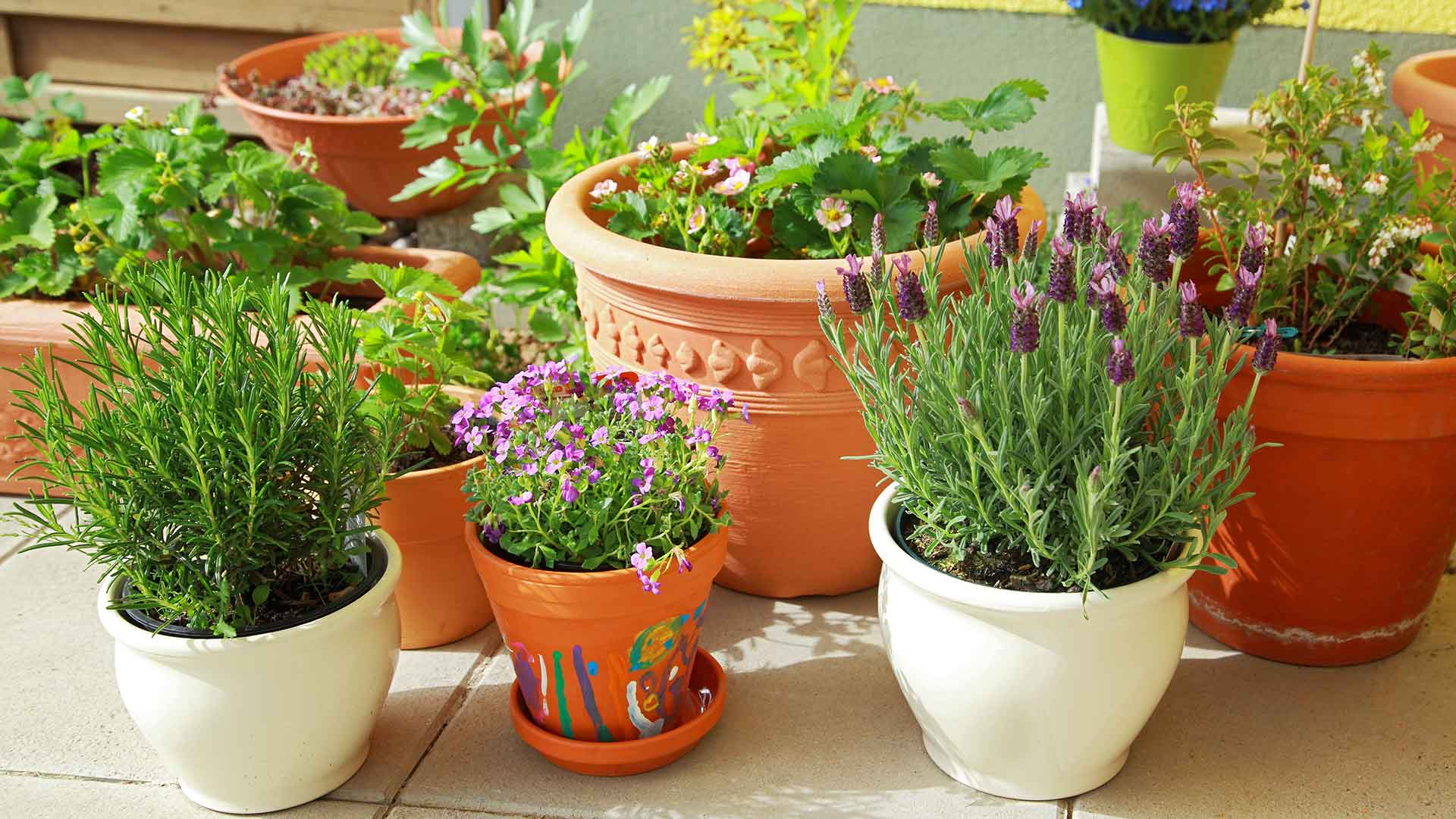
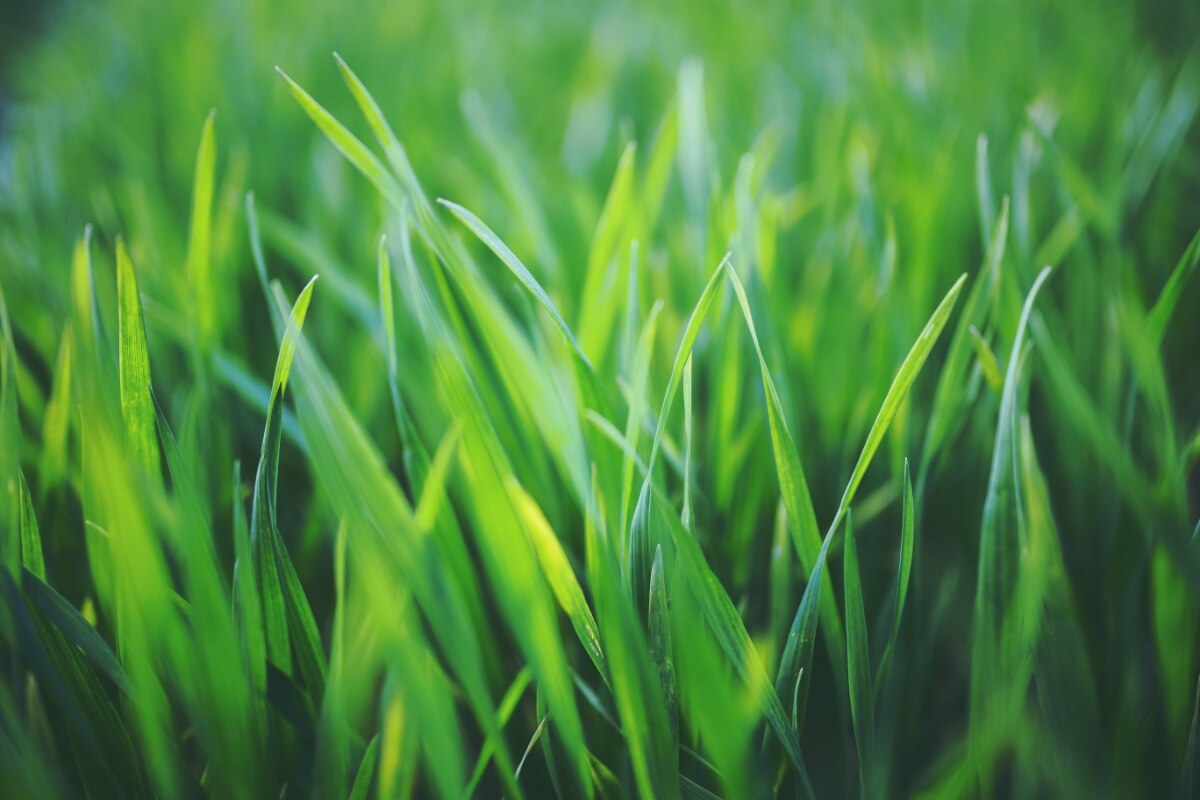
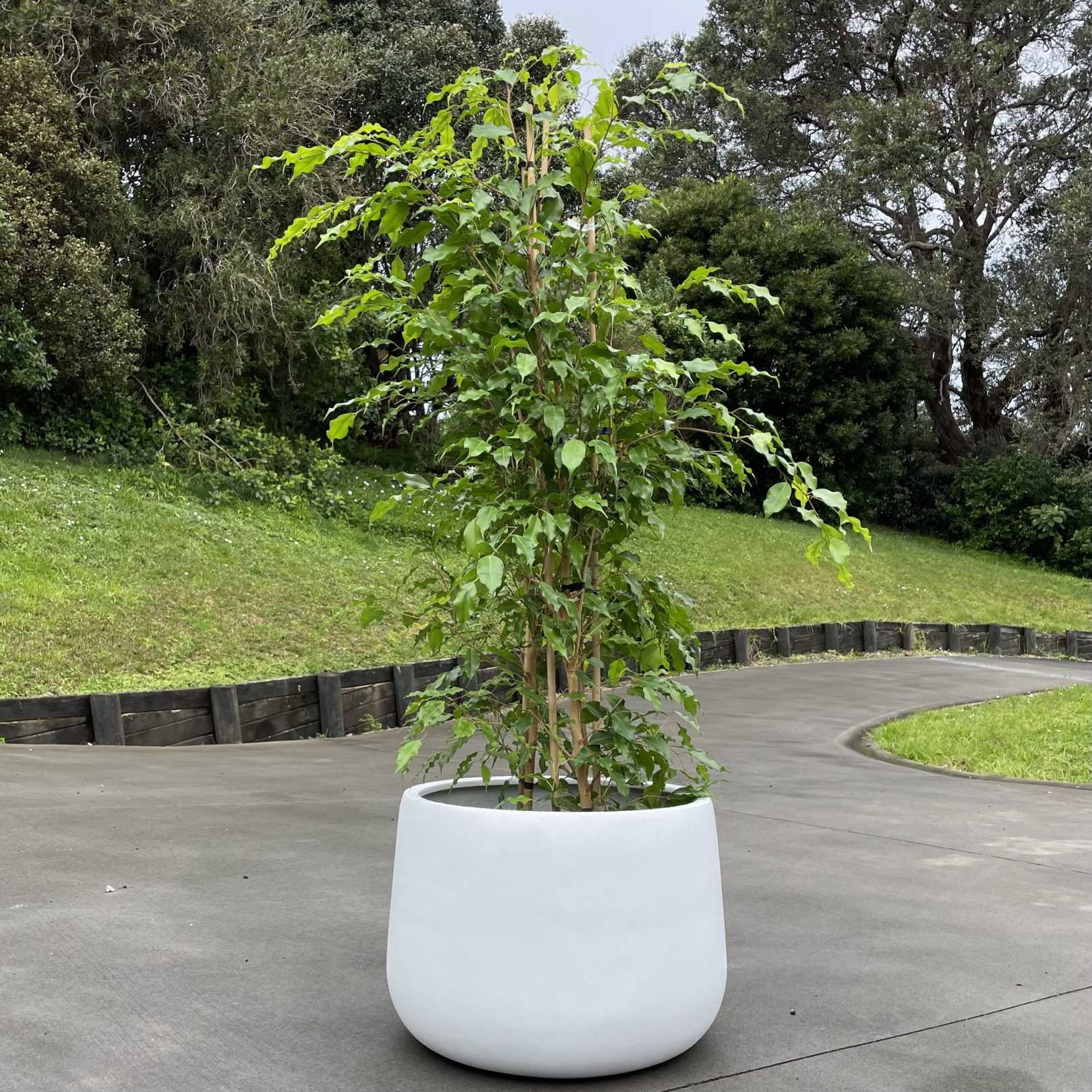
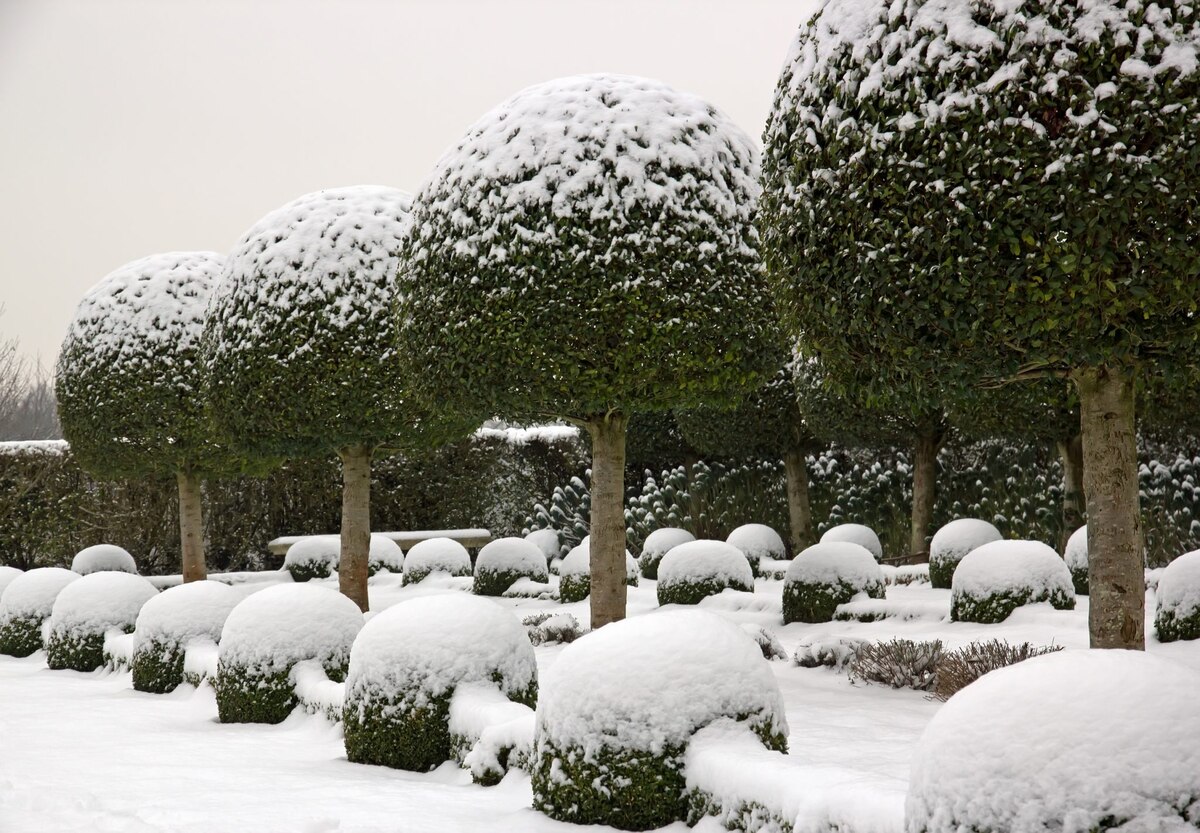
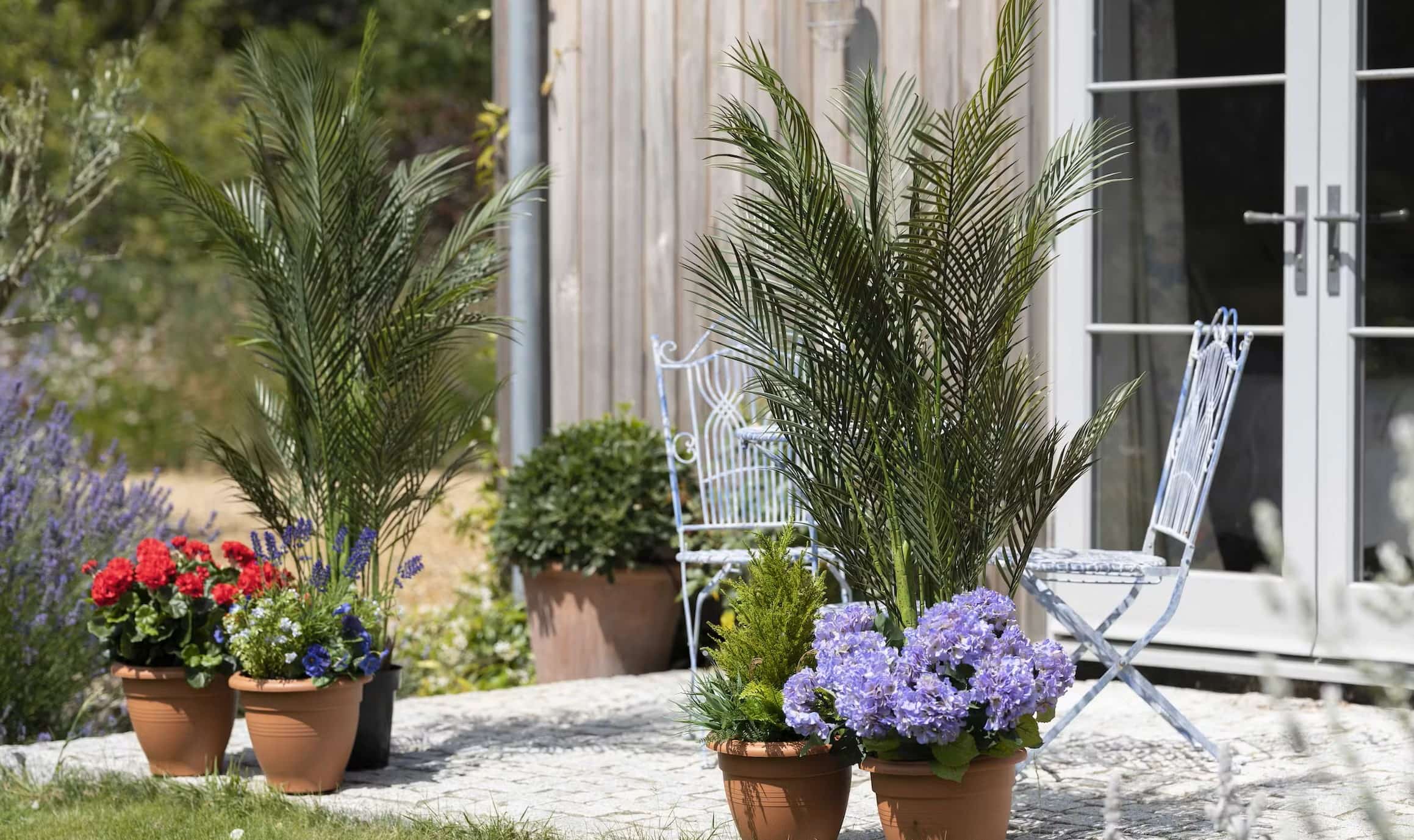
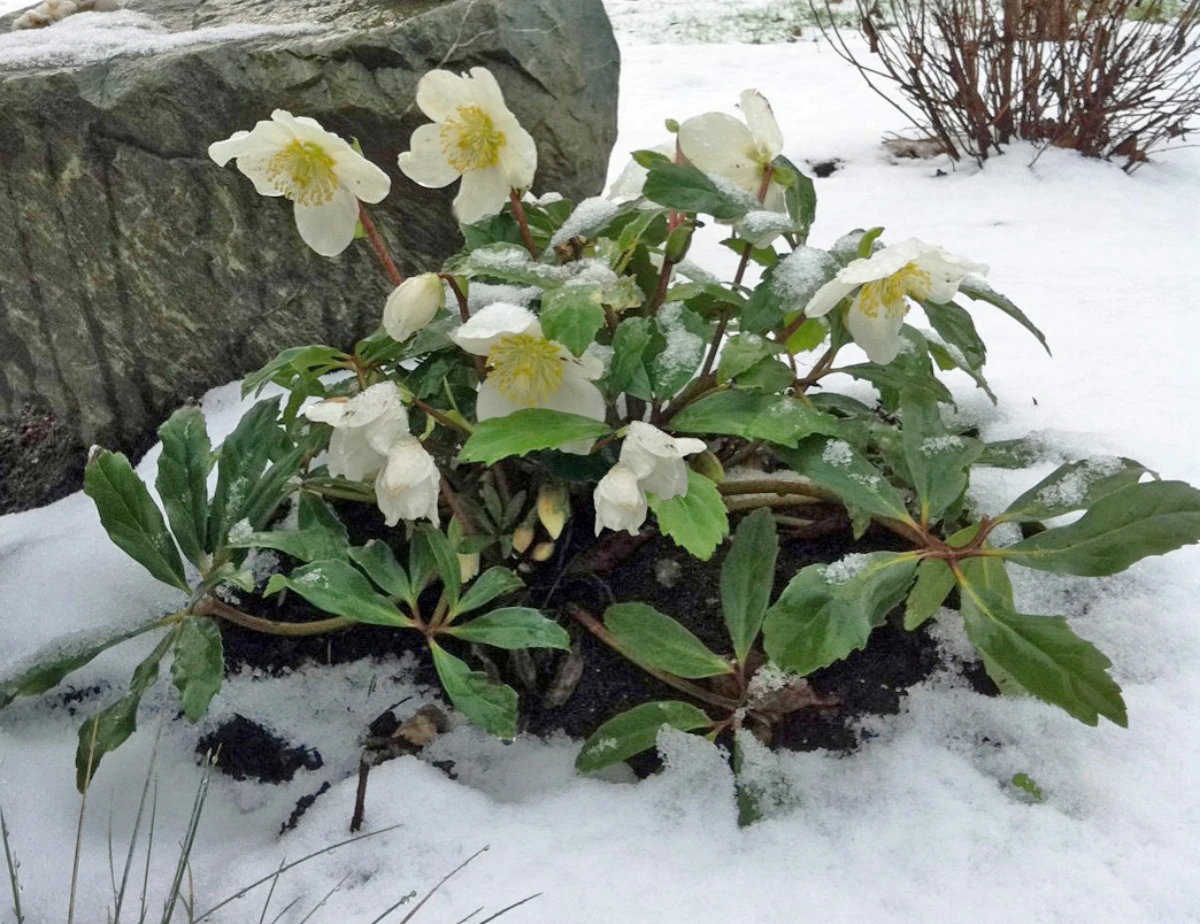
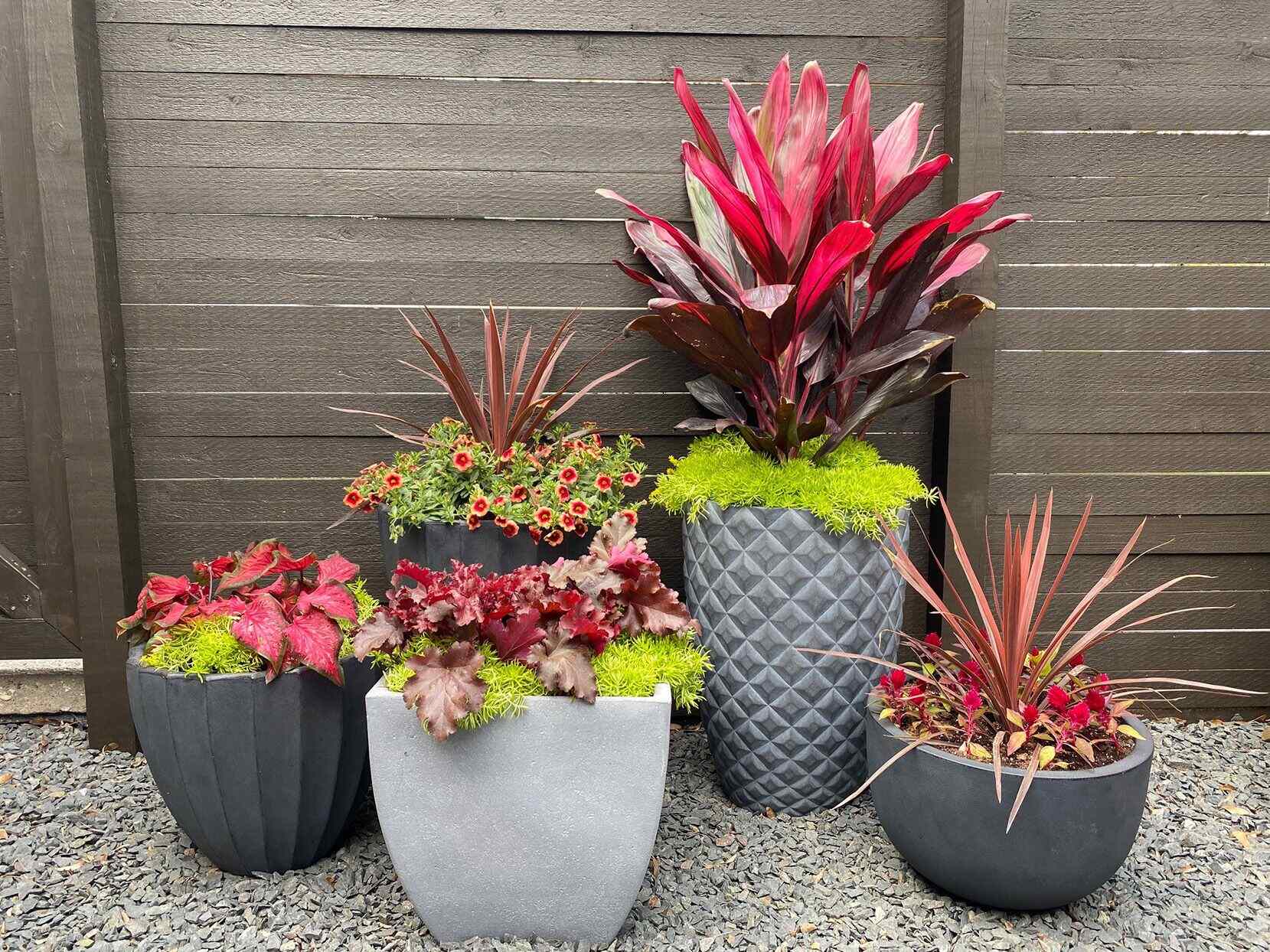
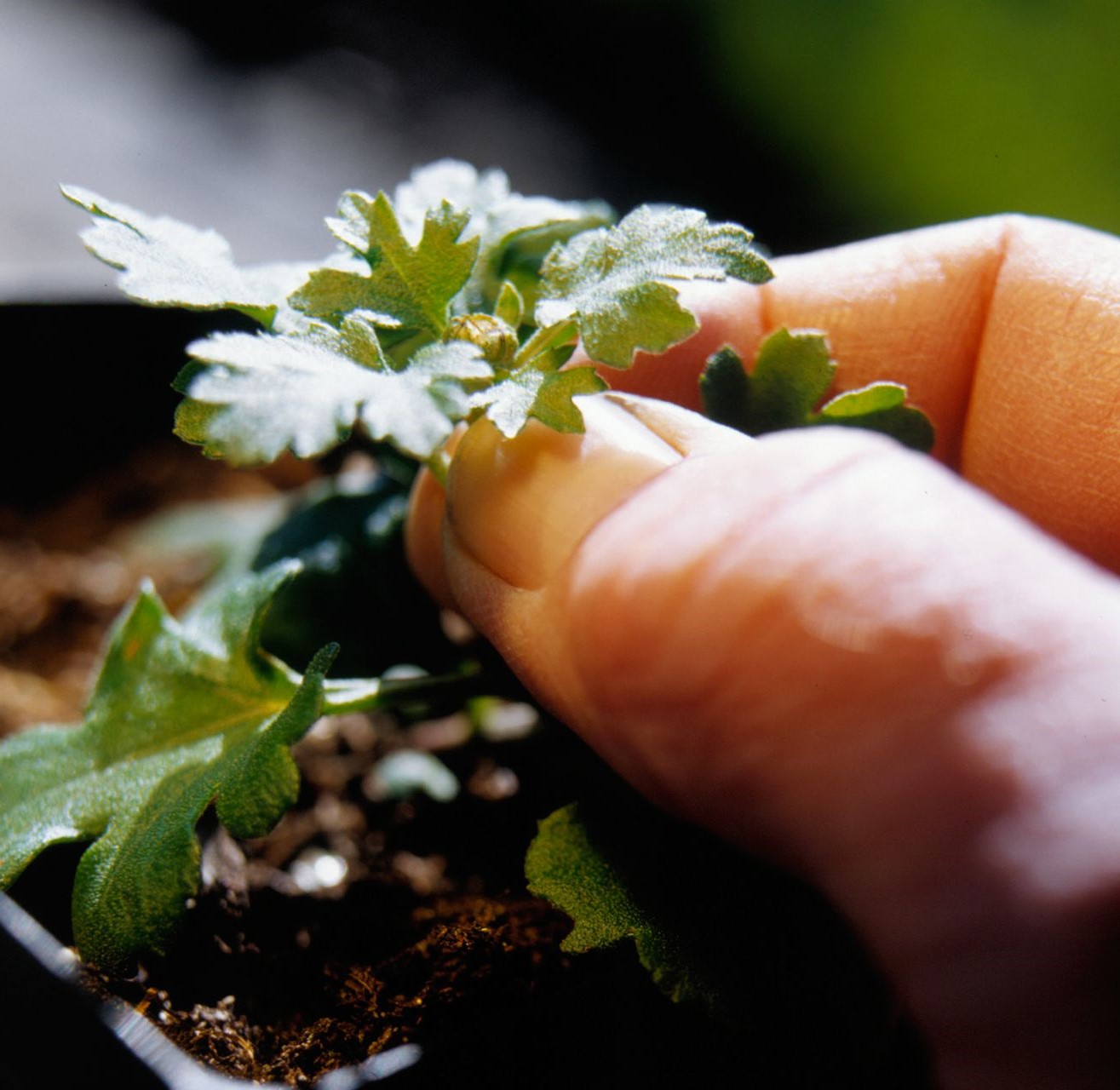
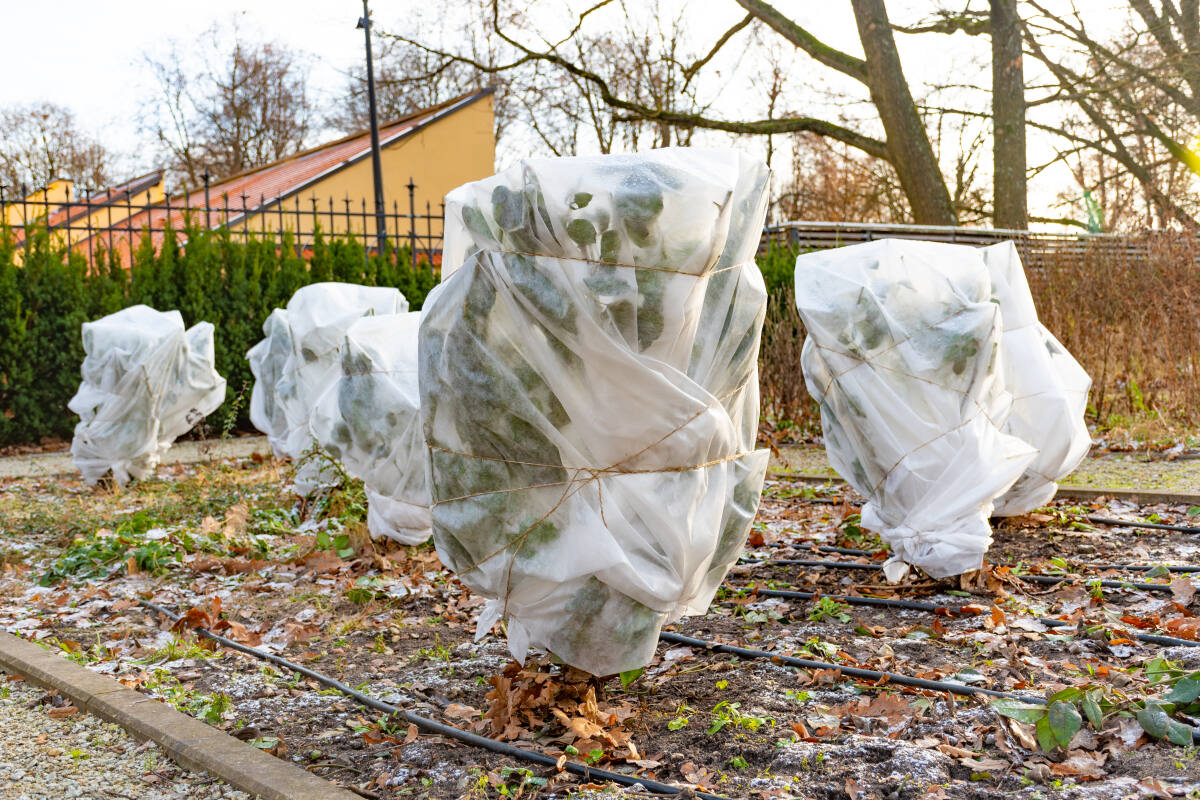
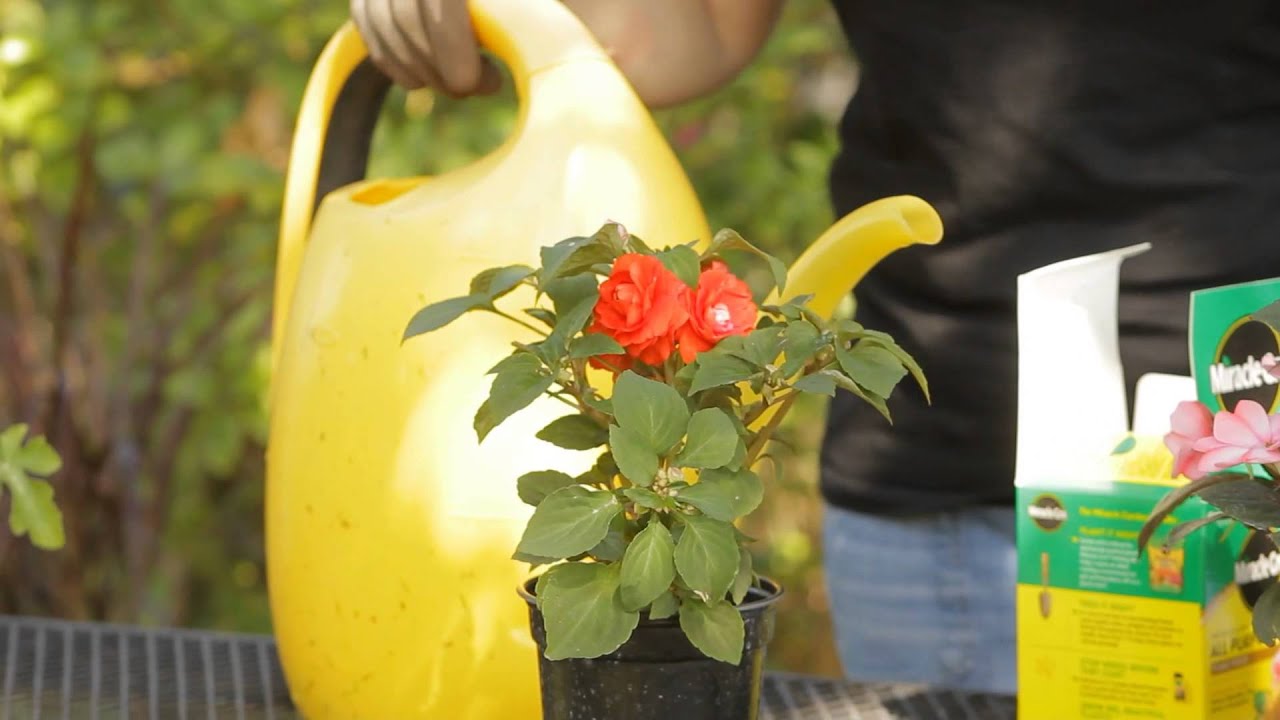
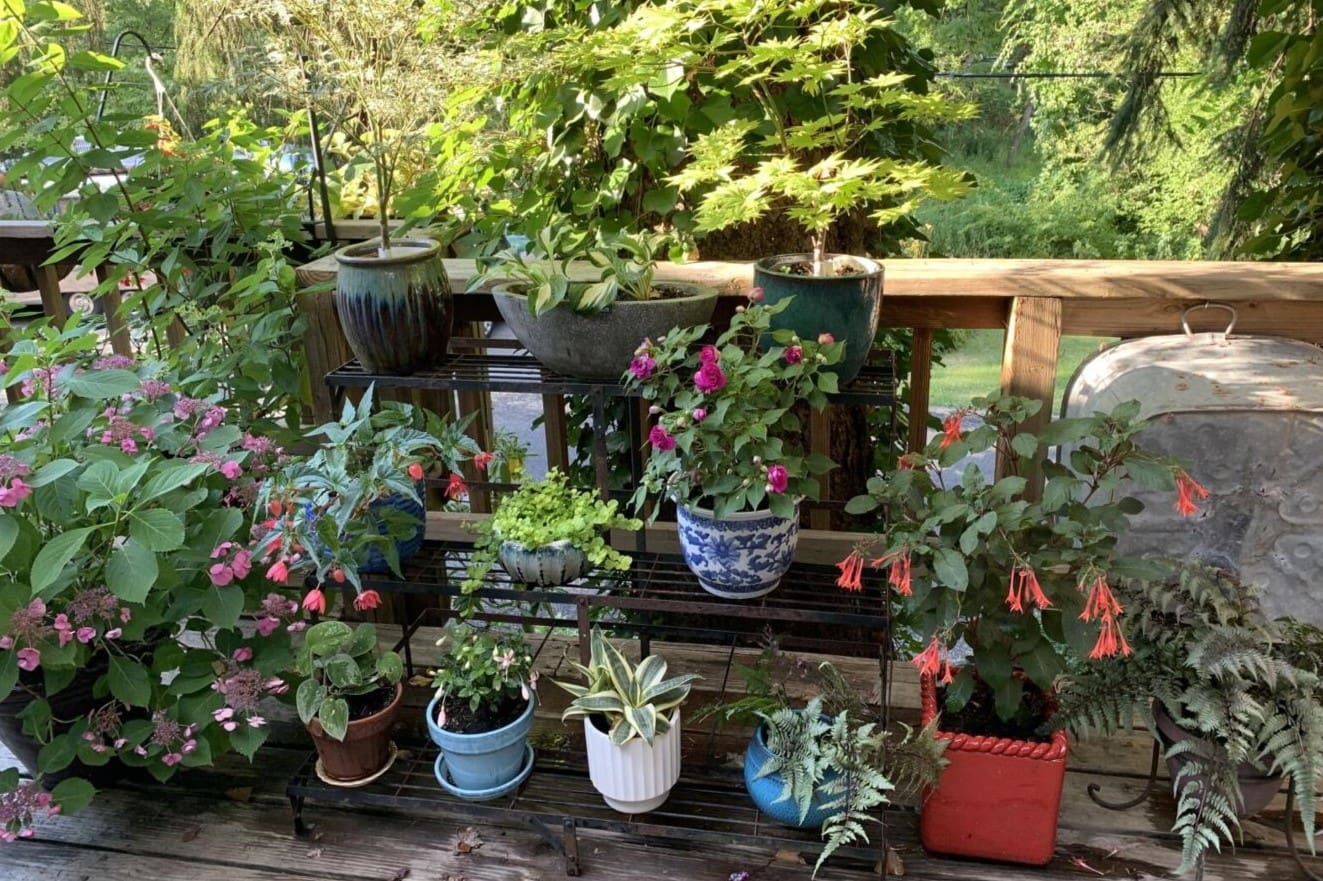
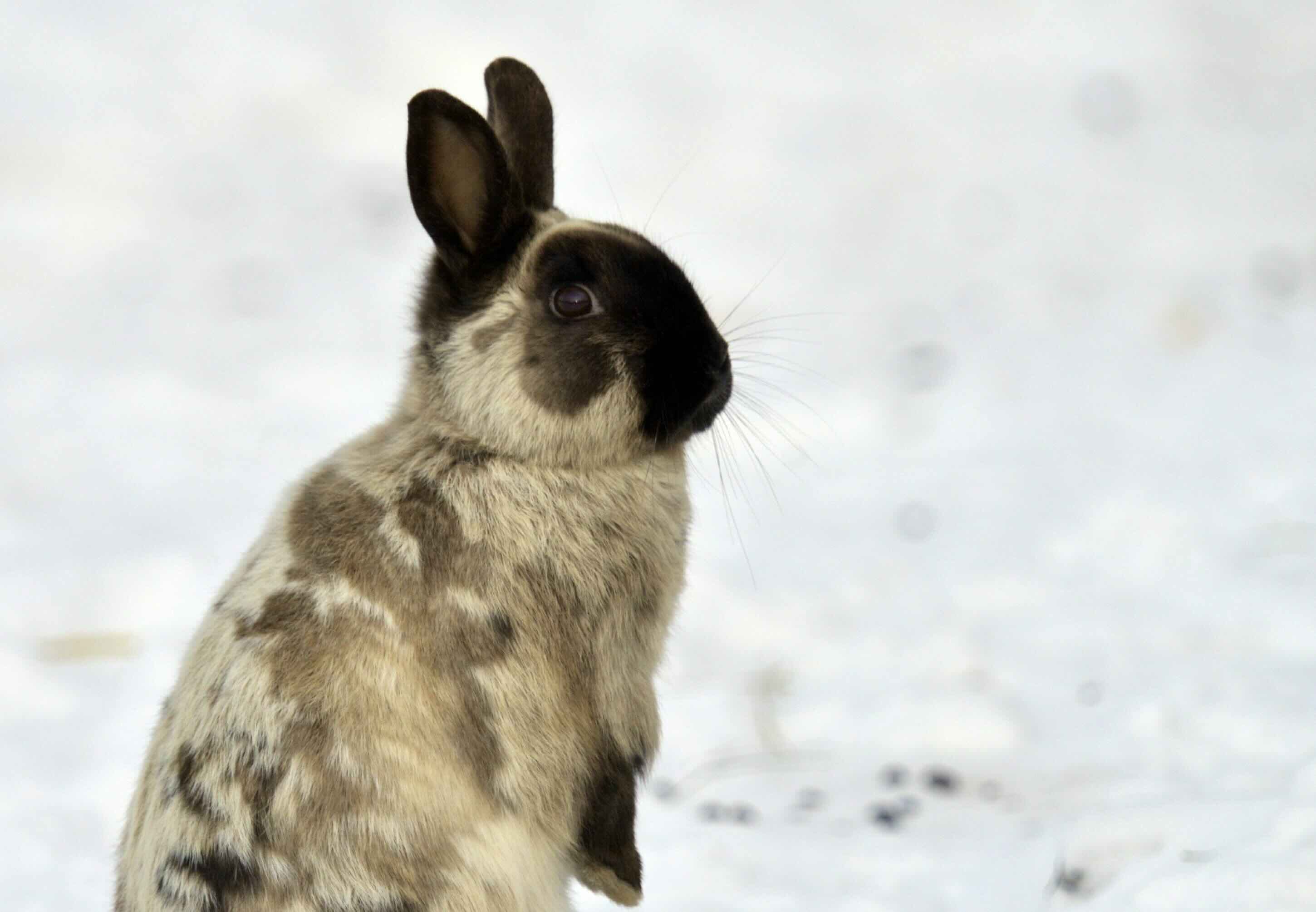
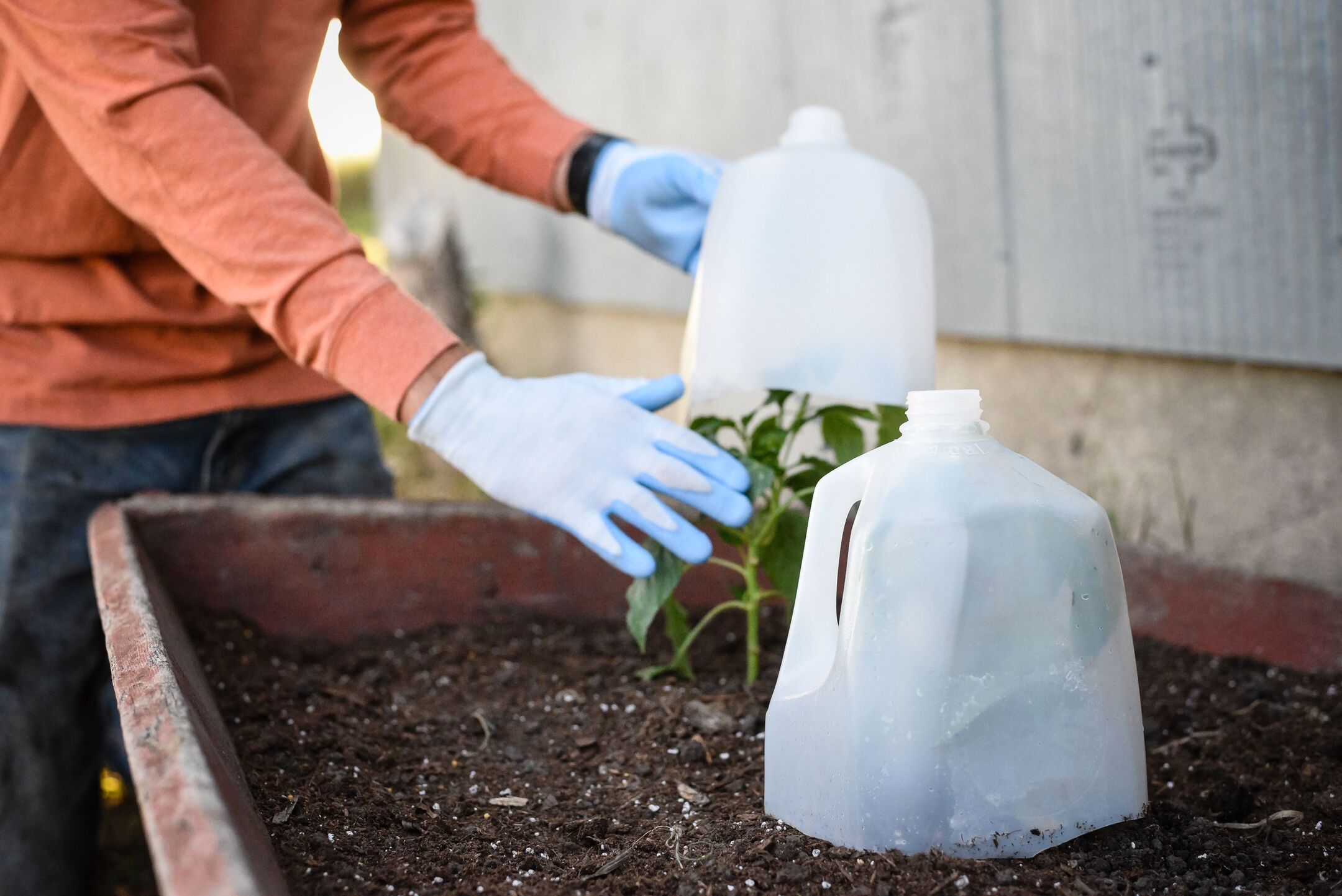
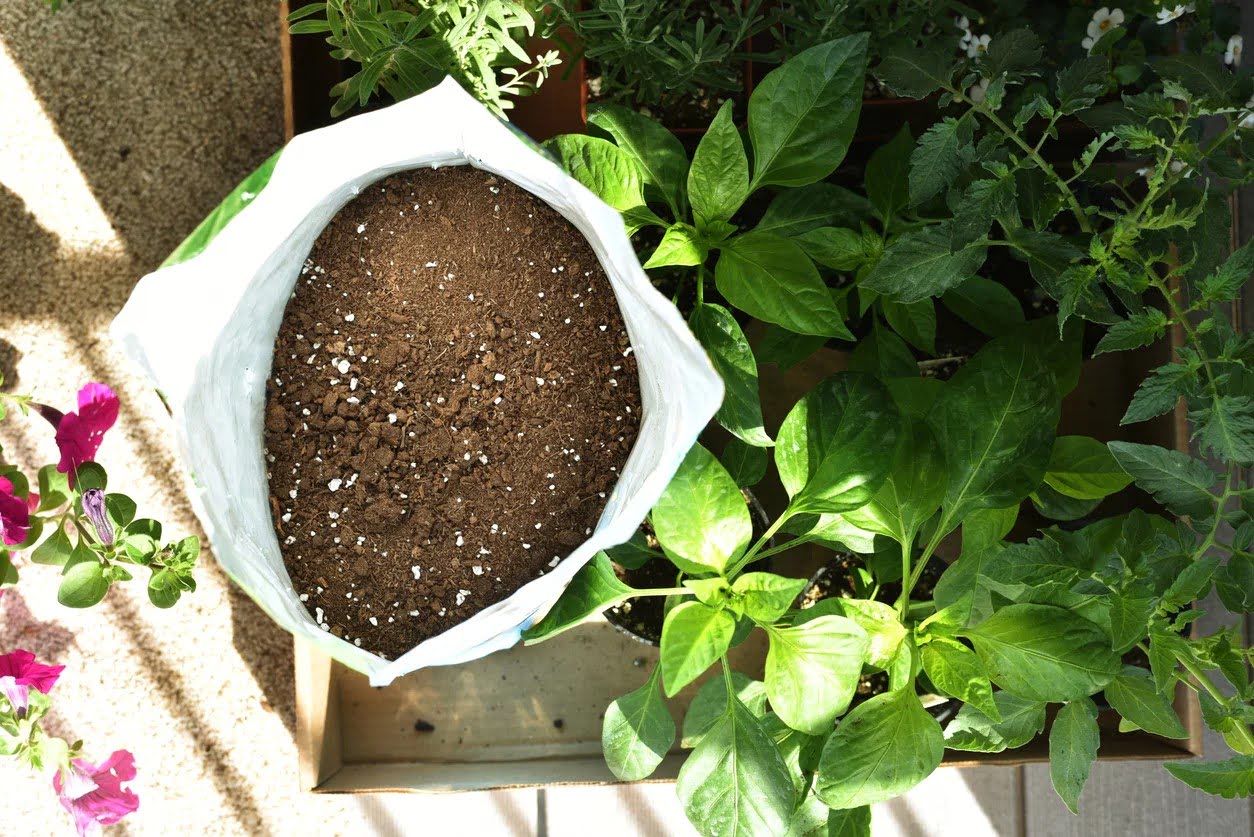

0 thoughts on “How To Keep Outdoor Potted Plants Alive In Winter”